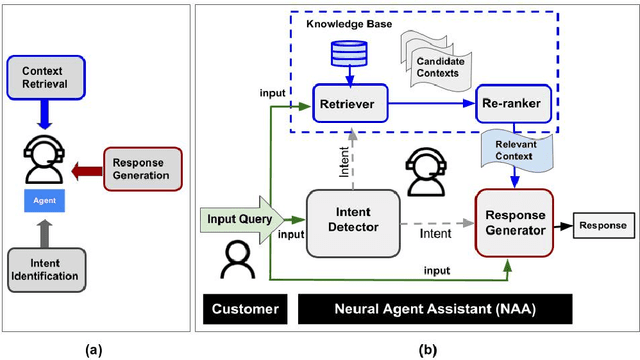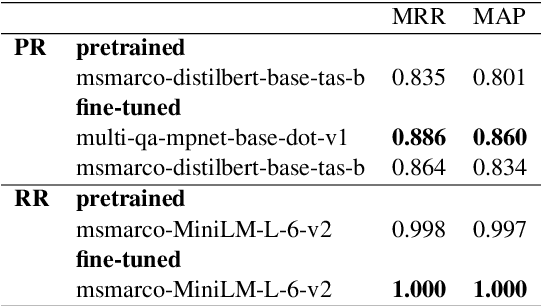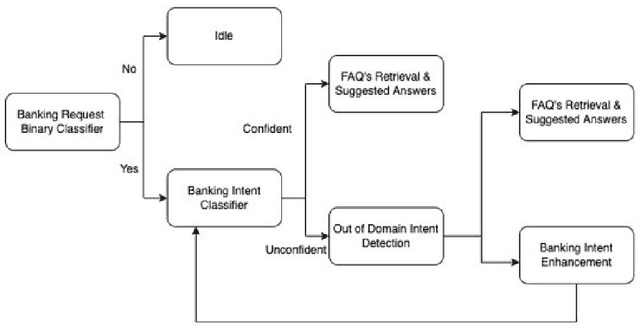Jingcheng Niu
Functional Faithfulness in the Wild: Circuit Discovery with Differentiable Computation Graph Pruning
Jul 04, 2024Abstract:In this paper, we introduce a comprehensive reformulation of the task known as Circuit Discovery, along with DiscoGP, a novel and effective algorithm based on differentiable masking for discovering circuits. Circuit discovery is the task of interpreting the computational mechanisms of language models (LMs) by dissecting their functions and capabilities into sparse subnetworks (circuits). We identified two major limitations in existing circuit discovery efforts: (1) a dichotomy between weight-based and connection-edge-based approaches forces researchers to choose between pruning connections or weights, thereby limiting the scope of mechanistic interpretation of LMs; (2) algorithms based on activation patching tend to identify circuits that are neither functionally faithful nor complete. The performance of these identified circuits is substantially reduced, often resulting in near-random performance in isolation. Furthermore, the complement of the circuit -- i.e., the original LM with the identified circuit removed -- still retains adequate performance, indicating that essential components of a complete circuits are missed by existing methods. DiscoGP successfully addresses the two aforementioned issues and demonstrates state-of-the-art faithfulness, completeness, and sparsity. The effectiveness of the algorithm and its novel structure open up new avenues of gathering new insights into the internal workings of generative AI.
What does the Knowledge Neuron Thesis Have to do with Knowledge?
May 03, 2024Abstract:We reassess the Knowledge Neuron (KN) Thesis: an interpretation of the mechanism underlying the ability of large language models to recall facts from a training corpus. This nascent thesis proposes that facts are recalled from the training corpus through the MLP weights in a manner resembling key-value memory, implying in effect that "knowledge" is stored in the network. Furthermore, by modifying the MLP modules, one can control the language model's generation of factual information. The plausibility of the KN thesis has been demonstrated by the success of KN-inspired model editing methods (Dai et al., 2022; Meng et al., 2022). We find that this thesis is, at best, an oversimplification. Not only have we found that we can edit the expression of certain linguistic phenomena using the same model editing methods but, through a more comprehensive evaluation, we have found that the KN thesis does not adequately explain the process of factual expression. While it is possible to argue that the MLP weights store complex patterns that are interpretable both syntactically and semantically, these patterns do not constitute "knowledge." To gain a more comprehensive understanding of the knowledge representation process, we must look beyond the MLP weights and explore recent models' complex layer structures and attention mechanisms.
Bringing the State-of-the-Art to Customers: A Neural Agent Assistant Framework for Customer Service Support
Feb 07, 2023



Abstract:Building Agent Assistants that can help improve customer service support requires inputs from industry users and their customers, as well as knowledge about state-of-the-art Natural Language Processing (NLP) technology. We combine expertise from academia and industry to bridge the gap and build task/domain-specific Neural Agent Assistants (NAA) with three high-level components for: (1) Intent Identification, (2) Context Retrieval, and (3) Response Generation. In this paper, we outline the pipeline of the NAA's core system and also present three case studies in which three industry partners successfully adapt the framework to find solutions to their unique challenges. Our findings suggest that a collaborative process is instrumental in spurring the development of emerging NLP models for Conversational AI tasks in industry. The full reference implementation code and results are available at \url{https://github.com/VectorInstitute/NAA}
 Add to Chrome
Add to Chrome Add to Firefox
Add to Firefox Add to Edge
Add to Edge